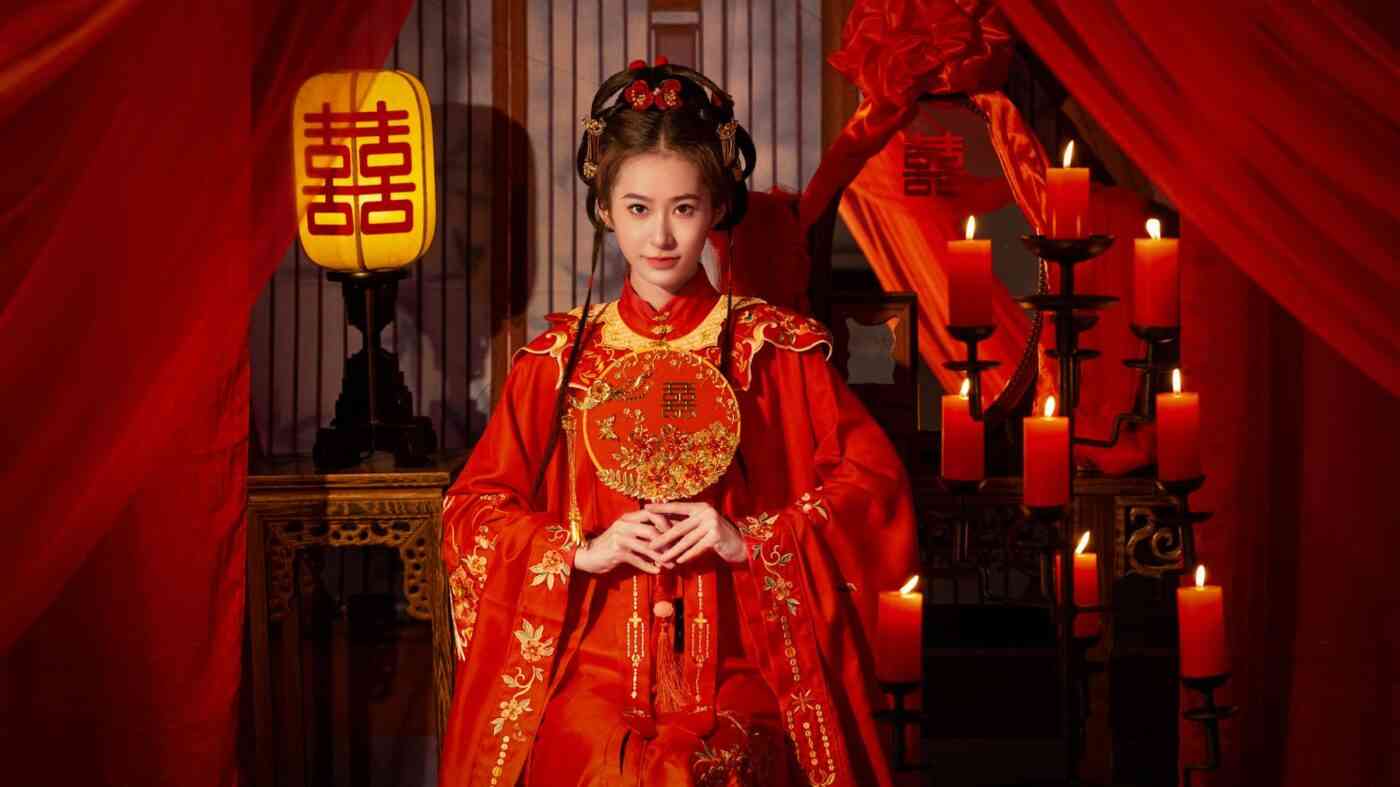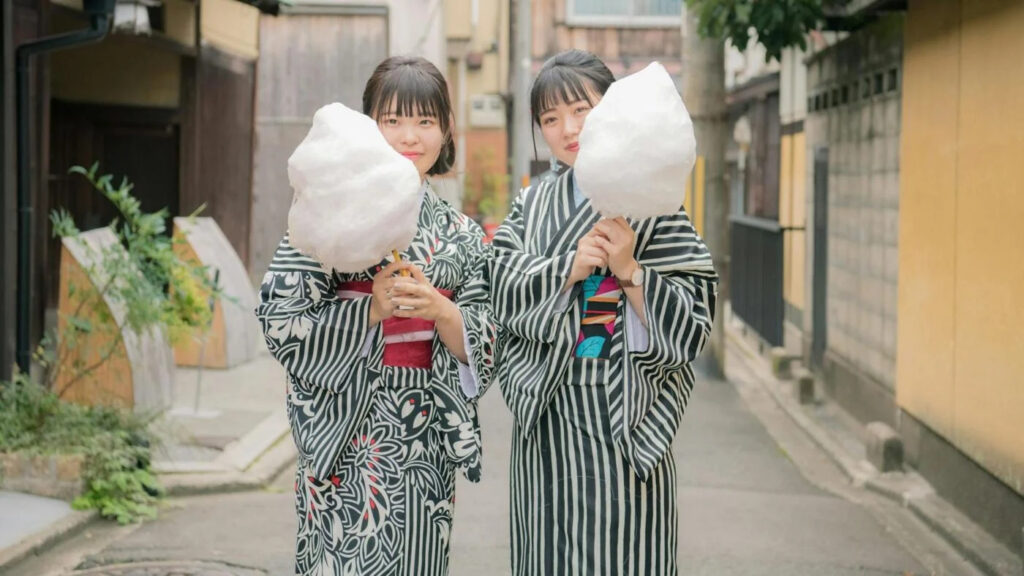Science
Rewriting Human History: Fire Was Sparked Hundreds of Thousands of Years Earlier
06 January 2026

The 19th-century East Asian ideal of femininity posited that a woman should fulfill two crucial life roles: that of a good wife and a wise mother. However, what exactly do these entail? And to what extent do modern Japanese, Chinese, and Korean women still live under the pressure of this tradition?
In 1875, Japanese educator Nakamura Masanao encapsulated traditional expectations for women in a simple, four-character slogan. Though the phrase “Good Wife, Wise Mother” dates from the 19th century, its roots lie in a much older philosophy. Masanao was a Confucian scholar, and Confucianism is widely regarded as the foundation for traditional understanding of women’s roles in East Asian society.
Confucius, the Chinese philosopher from whom the doctrine takes its name, believed that harmony at the family level influences harmony throughout society. Social stability, paramount in his view, rests on a fundamental, inviolable hierarchy. As long as everyone understands their place and duties, social order can persist.
Confucius codified this idea of social order in the “five relationships,” describing basic subordinations and social relations deemed essential in a “healthy” society. According to these principles, the subject must be subordinate to the ruler, the son to the father, the younger son to the elder, the woman to her husband, and friends have obligations to each other.
We recommend: The Red Pill Movement: A New Chapter in the Battle of the Sexes
Confucius held that cultivating virtue was paramount at the individual level. Confucian virtues include sensitivity, love, truthfulness, kindness, loyalty, harmony, peace, and filial piety. However, to be virtuous, a woman had to be, above all, obedient. In youth, she was subject to her father’s decisions, after marriage to her husband, and in the event of his death, to her eldest son. She was never solely subject to herself.
The traditional woman was expected to be beautiful yet innocent, unaware of her charm and modest. She should have a healthy body and mind and make decisions when the situation demands, but never without consulting the man to whom she is subordinate. After marriage, she should be loyal. Jealousy was considered her worst sin. Even if her husband had mistresses, she was expected to be understanding.
As in many other patriarchal societies worldwide, the traditional East Asian model prescribed a division of responsibilities. The man’s domain was the external sphere – work, politics, and social interactions. The woman’s was the internal sphere – home and children. Her most important role was to provide her husband with peace and rest – so that upon returning from work, he could relax and forget about stress.

The traditional ideal of domestic relations in East Asia is a simple division: two people responsible for two distinct spheres. This clear delineation of duties supposedly allows the family to function like clockwork. However, this harmony is predicated on a clear hierarchy, with the man’s needs organizing daily life and his decisions taking precedence. Such an approach is increasingly unappealing to young women seeking egalitarian partnerships.
Since the economic downturn of the 1980s, the vision of an ideal Japanese home where women could devote themselves entirely to the domestic sphere has increasingly diverged from reality. Gone are the days when announcing an engagement at work resulted in a woman’s dismissal. By 2023, over 53% of Japanese women were employed, a figure that continues to rise, though it is worth noting this includes part-time and casual workers.
In the West, the feminist revolution propelled women into the workforce but failed to draw men into the home. Less than one in five men take parental leave, and gentlemen remain reluctant to participate in household chores. For women, entering a relationship often means more work, contributing to the growing trend of young Japanese women remaining single.
We recommend: Alice in Nightmareland: The 21st Century Phenomenon of Adultifying Children’s Literature
The concept of a “wise mother” in East Asian tradition is not about valuing women’s wisdom per se, but rather its impact on offspring. Historically, only sons were subject to rigorous educational training. Today, gender is irrelevant – the goal is admission to one of Asia’s top universities. This pressure is most evident in South Korea.
Education has always been a guarantee of success in East Asia. If you were not born into a high-status family, you could achieve status by passing the civil service examination. Capitalism and the post-war economic “Miracle on the Han River” reinforced Koreans’ cult of education. Unlike in the West, graduating from a prestigious Seoul university still virtually guarantees good employment.
Ensuring a child’s success falls squarely on the mother’s shoulders. Her duties include selecting appropriate after-school courses and tutors, helping with homework, and disciplining the child. Like a helicopter, she constantly hovers around her offspring, supervising every step and making decisions on their behalf. This often amounts to a full-time job, especially during pre-exam periods (women who can afford to do so often take leave from work during these times).

Despite the People’s Republic of China now being communist in name only, the ideals of social equality, including gender equality, remain foundational. The single-income household model is unrealistic, especially in smaller towns. In rural China, women juggle professional work with farming and domestic duties.
Unsurprisingly, Chinese women aspire to marry educated, high-earning men to escape their arduous lives. Many refuse marriage until finding a man with his apartment. The one-child policy, introduced in 1979, has led to a gender imbalance in China. After decades of female feticide, infant abandonment, and selling girls abroad for adoption or prostitution, there is now a shortage of women.
Pampered-only children are reluctant to leave their parental homes. The Chinese government campaigns against single women, labeling them shèngnǚ – “leftover women”. Through shame and emotional blackmail, it attempts to push women into marriage to address demographic issues. Meanwhile, Chinese men seek wives abroad.
Western culture significantly impacts societies worldwide. However, Western feminism is not as readily embraced in East Asia as in other regions. East Asian women selectively adopt aspects relevant to them. Domestic violence, wage inequality, and workplace harassment are more pressing concerns than sexual orientation or gender identity issues.
Japanese feminists fight for alternating child custody and the right to keep their surnames after marriage. Korean women prioritize street safety, harsher penalties for rapists, and support the #MeToo movement. Chinese feminism is deeply intertwined with politics, class issues, and economic conditions.
Social expectations still weigh heavily on East Asian women. The “wise mother” role has been updated for capitalism. The “good wife” ideal is no longer fulfilling, yet men remain reluctant to take on domestic responsibilities. East Asia faces a long journey to bridge cultural and economic gender gaps. Success in this endeavor may ultimately resolve the demographic crisis they currently face.
Translation: Klaudia Tarasiewicz
Polish version: Dobre żony, mądre matki – tradycyjny ideał kobiecości w Chinach, Japonii i Korei a nowoczesność
Science
06 January 2026



Zmień tryb na ciemny